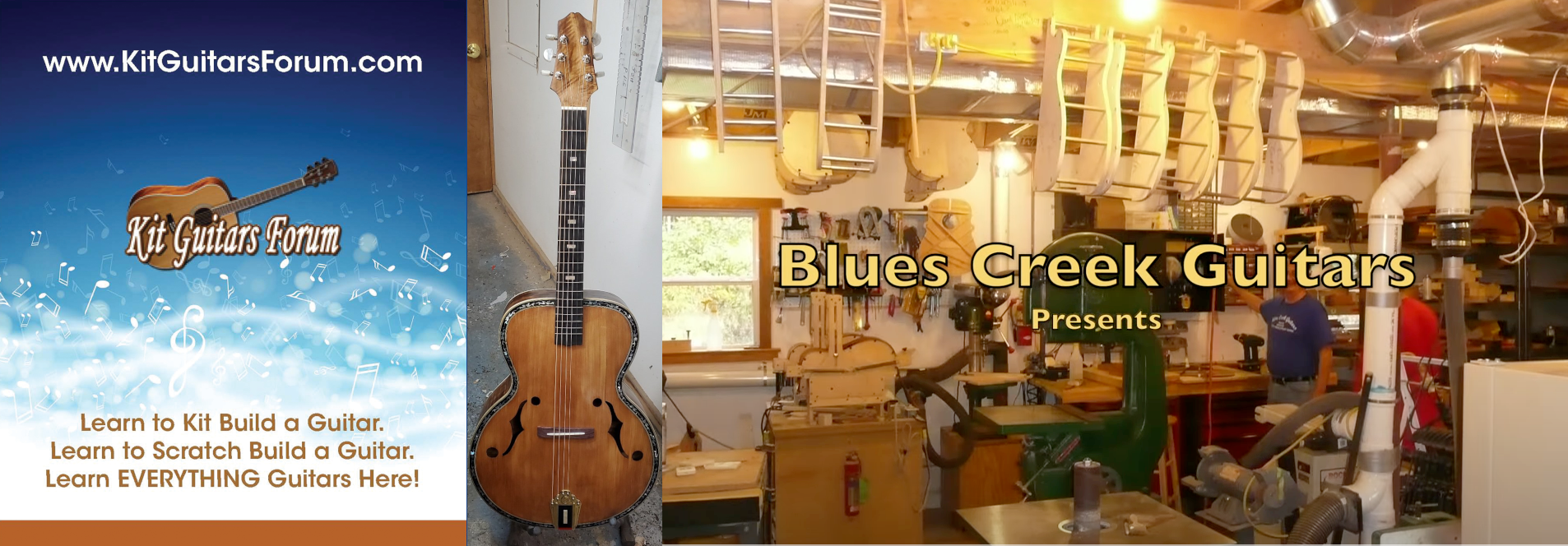Here are the issues
When filling gaps, CA may react with some woods. On spruce it can often turn yellow. This may not happen for a while but shows as a stain. On other woods like Walnut and Mahogany the CA wicks deep into the grain and shows as a light spot. You may need to look at your technique on binding. More often than not, wood will gap more frequently than plastic. I use stretch tape and a roller to be sure the binding is well seated.
OK, so you have a gap. Well, this can happen to any of us. It isn't that we may not see them, it is how we hide them. If the gap is severe enough I may redo the binding. Depending on the plastic you may be able to melt is down with acetone and drop fill. If this isn't an option then you have to look at filling with dust. Here is where I have learned a few tricks. Often glue and dust will make a nice putty and be fine, however, when staining or finishing, the "putty" will show because the glue seals the wood from accepting the stain and will apparent under clear finish.
What does the best job for me is to make some fine dust from the wood to be filled and then drop thinned finish or shellac on it. If I plan on staining I may wait until that part of the process, drop in the dust right after the staining and stain the dust, then drop fill with thinned shellac. I'll wait an hour and hit that will full shellac or sealer. Once the area is well sealed, then I may drop fill with finish or CA depending on the situation. This allows the filled area to have the same color and you won't have that glue print under the finish as the wood dust has color. Test this a few times and you will soon master the technique .
Hiding binding gaps 101
-
tippie53
- Posts: 7150
- Joined: Fri Mar 03, 2006 7:09 pm
- Location: Hegins, Pa
- Contact:
Hiding binding gaps 101
John Hall
Blues Creek Guitars Inc
Authorized CF Martin Repair Center
president of Association of Stringed Instrument Artisans
http://www.bluescreekguitars.com
Blues Creek Guitars Inc
Authorized CF Martin Repair Center
president of Association of Stringed Instrument Artisans
http://www.bluescreekguitars.com

